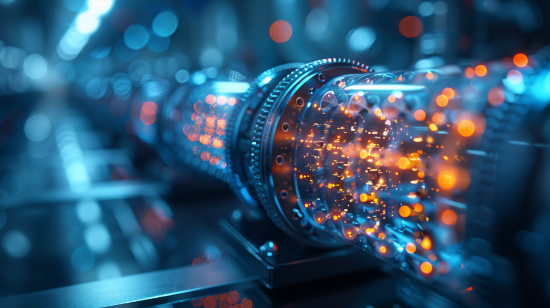The fiber V-groove array is to use a v groove to install one fiber strand, a bunch of fiber or a ribbon fiber on the array substrate. The uncoated bare part of the fiber is placed in the v groove, pressurized by the pressurizer component, and bonded by adhesive. At the front end, the fiber is precisely positioned and can be connected to PLC or silicon optical chip.
The fiber V-groove array can also be used to transmit images directly. The end faces of many optical fibers are arranged into the required geometric shapes in a certain order to form the fiber V-groove array. The fiber positions at both ends of the array correspond to each other. One fiber in the array is equivalent to a pixel. And the optical image at the one end of the fiber V-groove array will be reproduced at the other end. This principle is applied in all kinds of medical optical fiber endoscopes.

The fiber V-groove array mainly relies on precision carved v groove to achieve positioning. Through special cutting technology, the v groove can achieve accurate positioning of the optical fiber. Put the uncoated bare part of the fiber in the v groove. In this process, the fiber core is precisely positioned in the v groove by ultra-precision machining technology, to reduce the connection loss. And then, the fiber core is pressurized through a pressurizer component and fixed with an adhesive. The end faces are optically ground to form the fiber V-groove array. The substrate material will affect the optical properties of the fiber V-groove array, so it is necessary to use the material with a low expansion coefficient to ensure the stress-free, high reliability and no fiber displacement at high temperature of fiber V-groove array. Glass and silicon are commonly used materials, but there are also ceramic, conductive substrate and plastic substrate.